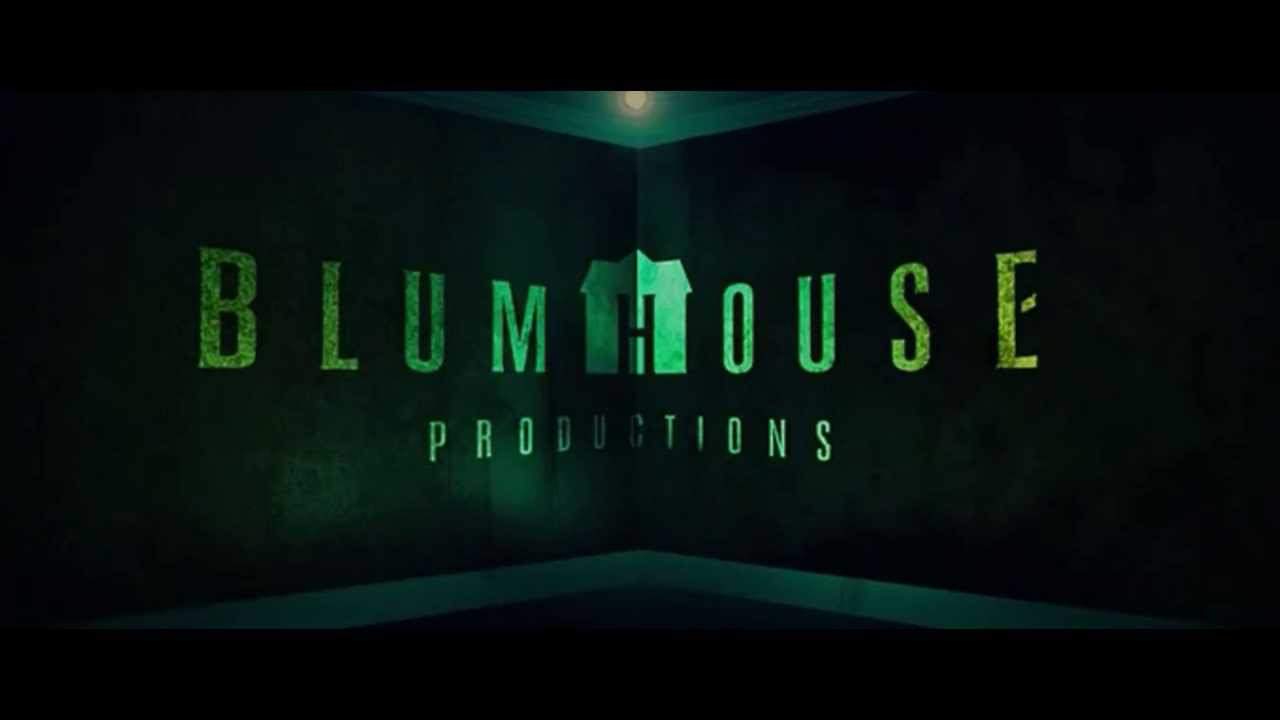
While other studios discuss the importance of working with filmmakers of color, Blumhouse is the one cutting the checks.
When you think of Blumhouse Productions, odds are you think of ghost stories. Movies like Paranormal Activity, Insidious, or Sinister have been the backbone of Jason Blum‘s studio for the better part of a decade; as a franchise, Insidious alone has made over $539 million dollars at the global box office against a combined budget of only $26.5 million. And while Upgrade, this weekend’s big genre release, might be more ambitious than your typical Blumhouse fare – get ready for car chases, fist fights, and some futuristic technology – it still features Leigh Whannell behind the camera and Betty Gabriel in front of it, not to mention plenty of gore and shocking kills for the midnight crowd. That’s as Blumhouse as it gets.
And frankly, that’s part of the appeal. Part of the reason horror fans love Blumhouse is that the studio is in a long-term committed relationship with the genre; even as the studio continues to turn unprecedented profits with its films, it remains committed to hiring unique voices in the horror genre and giving them a chance to make movies their way. But look closely at some of the upcoming titles for Blumhouse and it’s hard not to see a new direction for the studio peeking out from amidst the ectoplasm. As Hollywood continues to drag its heels when it comes to hiring filmmakers of color, Blum seems to recognize what other producers cannot or won’t: hiring diverse filmmakers isn’t just the right thing to do, it’s also great for your bottom line.
You need look no further than 2018 to see a blend of the old and the new in the studio’s lineup. In March, Get Out was nominated for four Academy Awards, with writer-director Jordan Peele taking home an Oscar for his original screenplay. In July, Blumhouse Productions will also release sequels to The Purge and Unfriended, both highly regarded – and highly lucrative – franchises in the Blumhouse catalog. And finally, Blumhouse Productions will again have its name in the Oscar mix this fall with BlacKkKlansman, the Spike Lee film that received a riotous reception at this year’s Cannes Film Festival. While Blumhouse movies have always made money at the box office – it is, after all, what the studio does better than anyone else – it’s also worth noting that Blumhouse seems to be taking a leading role when it comes to hiring filmmakers of color.
What Jason Blum does better than anyone else is recognize market inefficiencies. It doesn’t take a genius to know that horror is big business in Hollywood, but Blum was able to provide a scalable framework for filmmakers to pursue their own vision, ensuring audience loyalty in a genre where hits often seem to pop up at random. And while the rest of Hollywood continues to fret over the need for more filmmakers of color, Blum also seems to recognize the financial value in giving black filmmakers a set amount of money and stepping out of the way. Blumhouse has looked past its tried-and-true formula to produce a superhero origin story by J.D. Dillard (Sleight), a biting racial horror-comedy by Jordan Peele (Get Out), a political-historical thriller by Spike Lee (BlacKkKlansman), a superhero movie by 12 Years a Slave writer John Ridley (The American Way), and an untitled rural ghost story by Mudbound director Dee Rees.
Granted, these films come with a serious amount of caveats. Blum would be the first to admit that the budgetary and distribution requirements that come with a Blumhouse film are not for everyone; films like BlacKkKlansmen are also representative of the new deals that Blum has signed over the years, creating a sort of pipeline of indie talent for some of the major players. That being said, if Blumhouse can take its tried-and-true model for genre filmmaking and continue to use it to give filmmakers of color a chance behind the camera, it’s possible that Blumhouse might soon be equally known in some circles as a destination for diverse, filmmaker-driven stories as it is for dynamic movies about ghosts, all without changing the fundamental components of what made the studio a success.
Who knows how long it will last? The best case scenario is that Hollywood recognizes the importance of filmmakers of color and Blumhouse’s production constraints price themselves out of the running for filmmakers like Peele and Reese. There’s also a chance that the newfound critical acclaim goes right to the company’s head and they begin to lose sight of the moderately priced films that put them on the map, to begin with. In an ideal world, however, Blumhouse perfects its model, alternating entertaining genre films with high-profile auteurist fare and continuing to launch (or relaunch) the careers of filmmakers who go on to write their own checks in Hollywood. When the time comes to write the history of 21st Century cinema, there may be an entire chapter in there on the forward-thinking moves by Jason Blum. Here’s to the future of horror and the future of Hollywood diversity being one and the same.
Related Topics: Blumhouse, diversity

